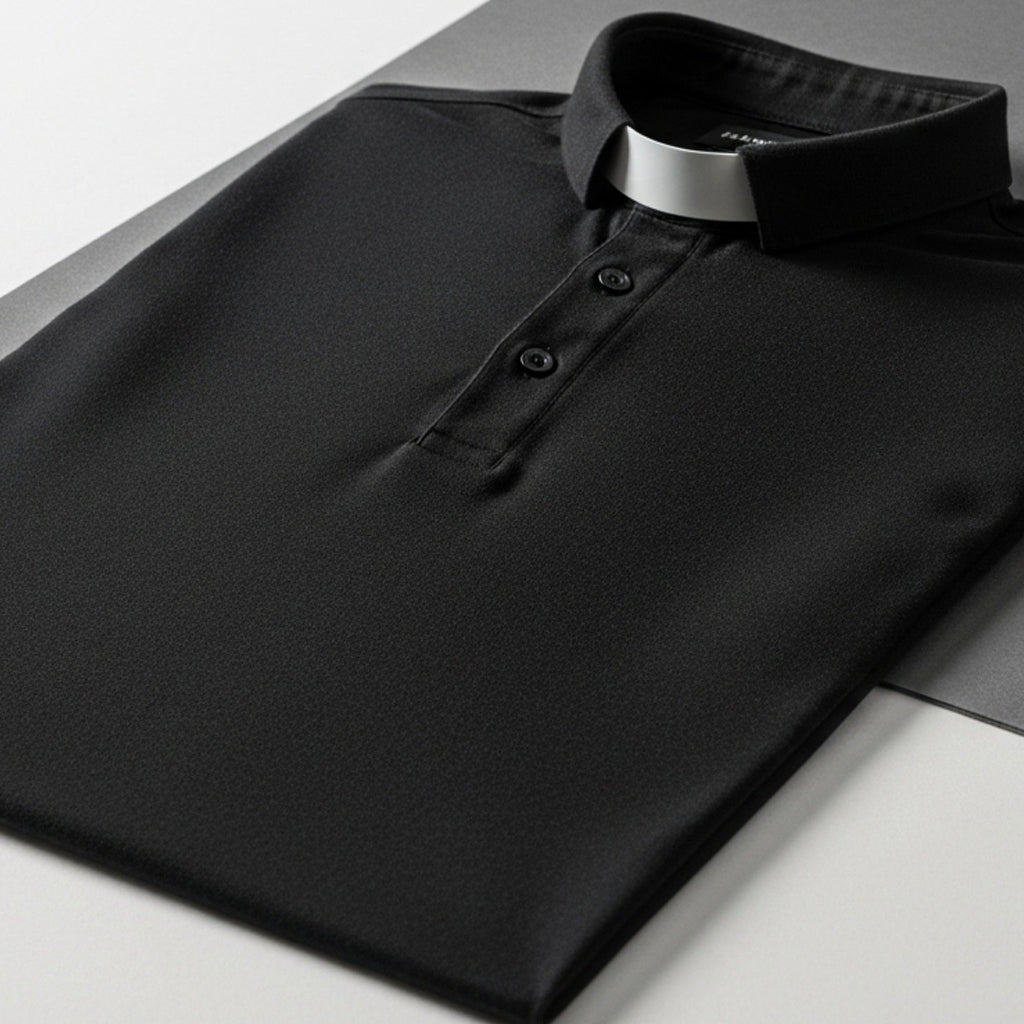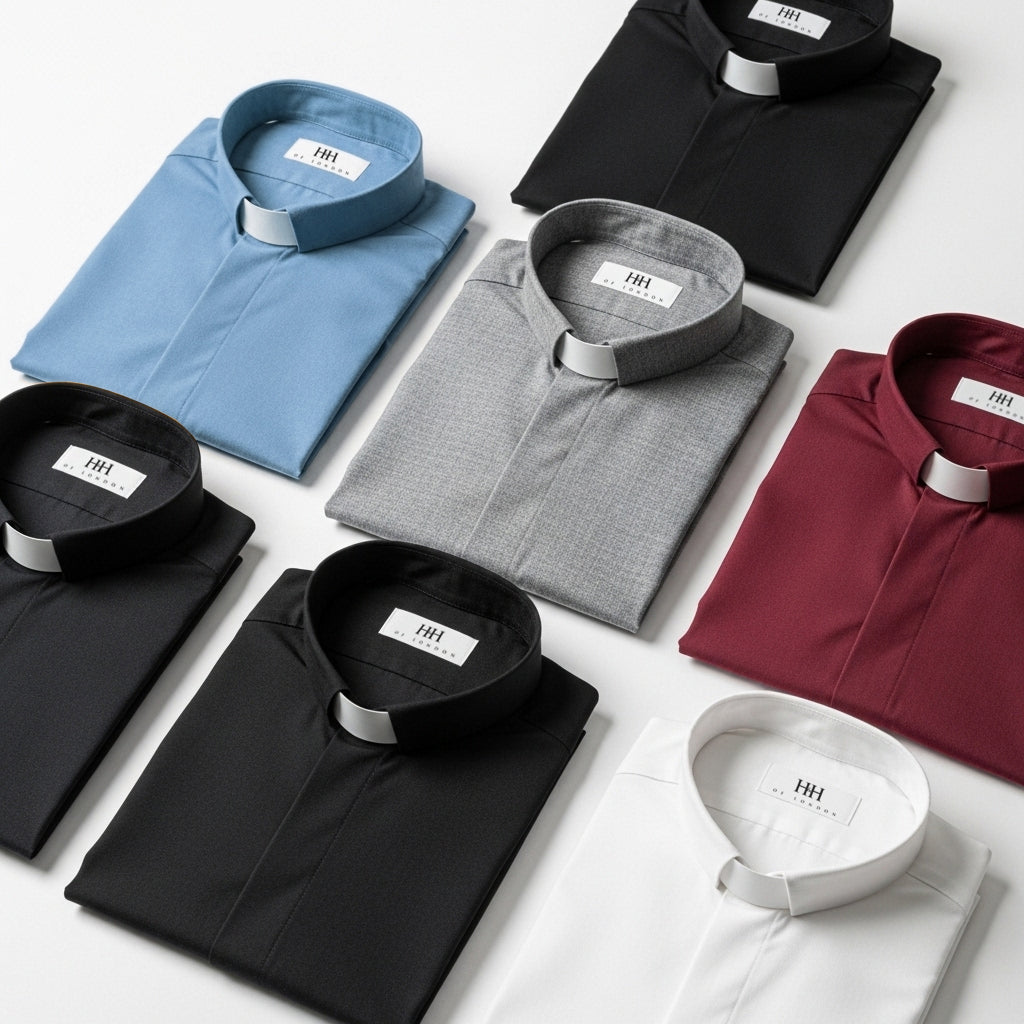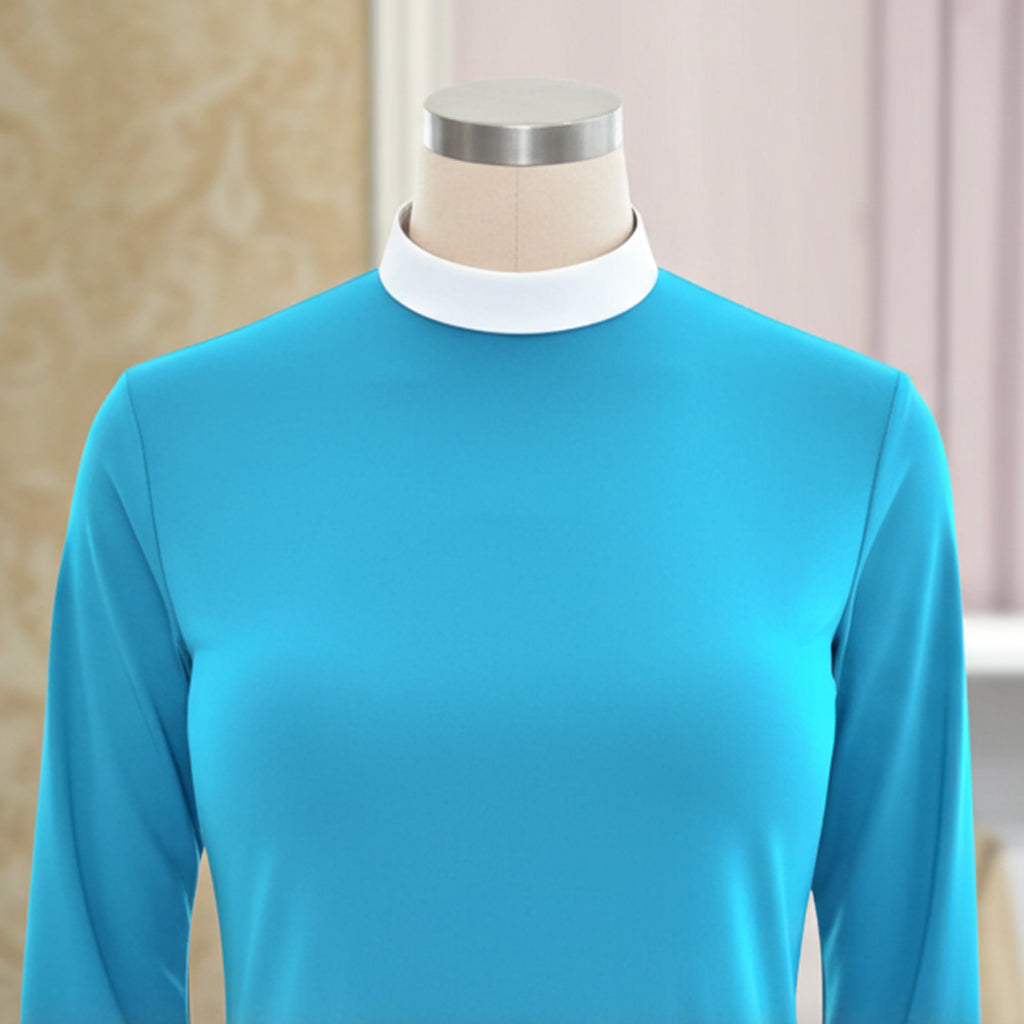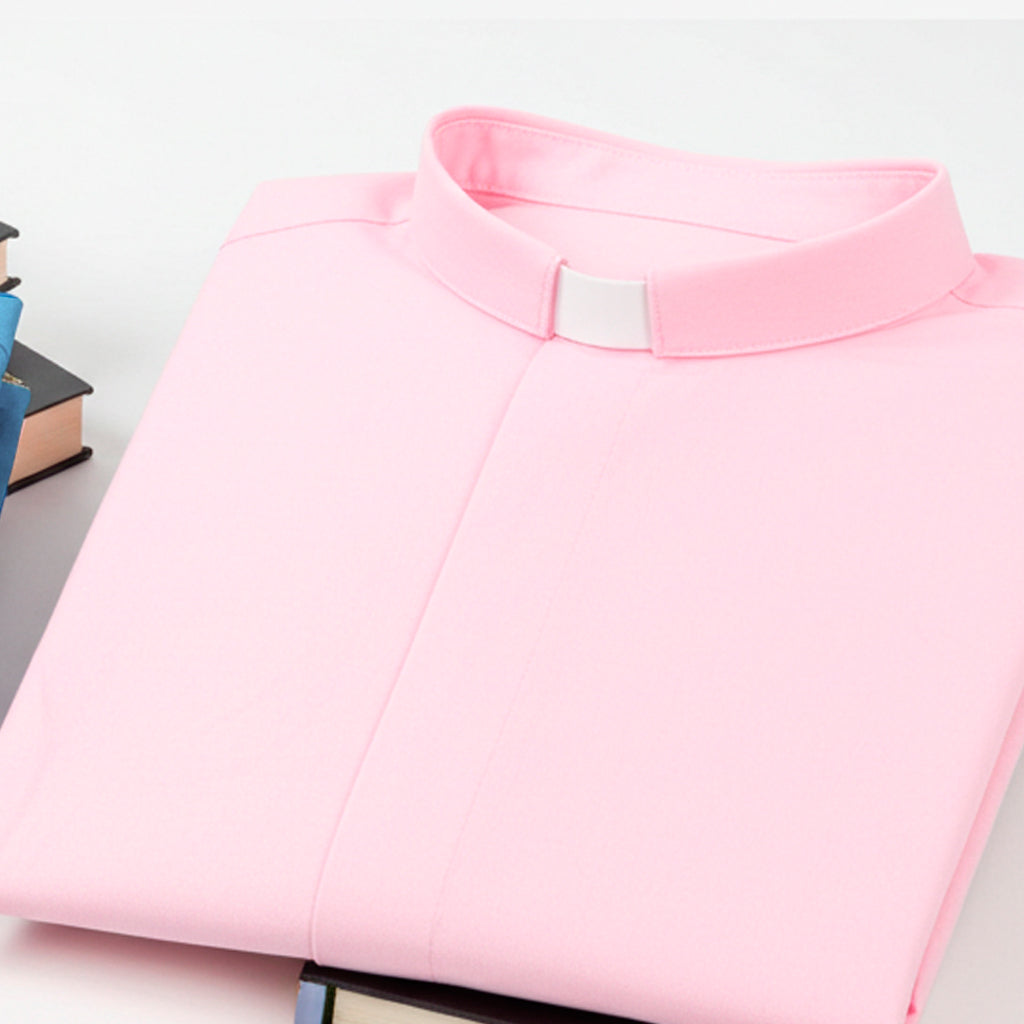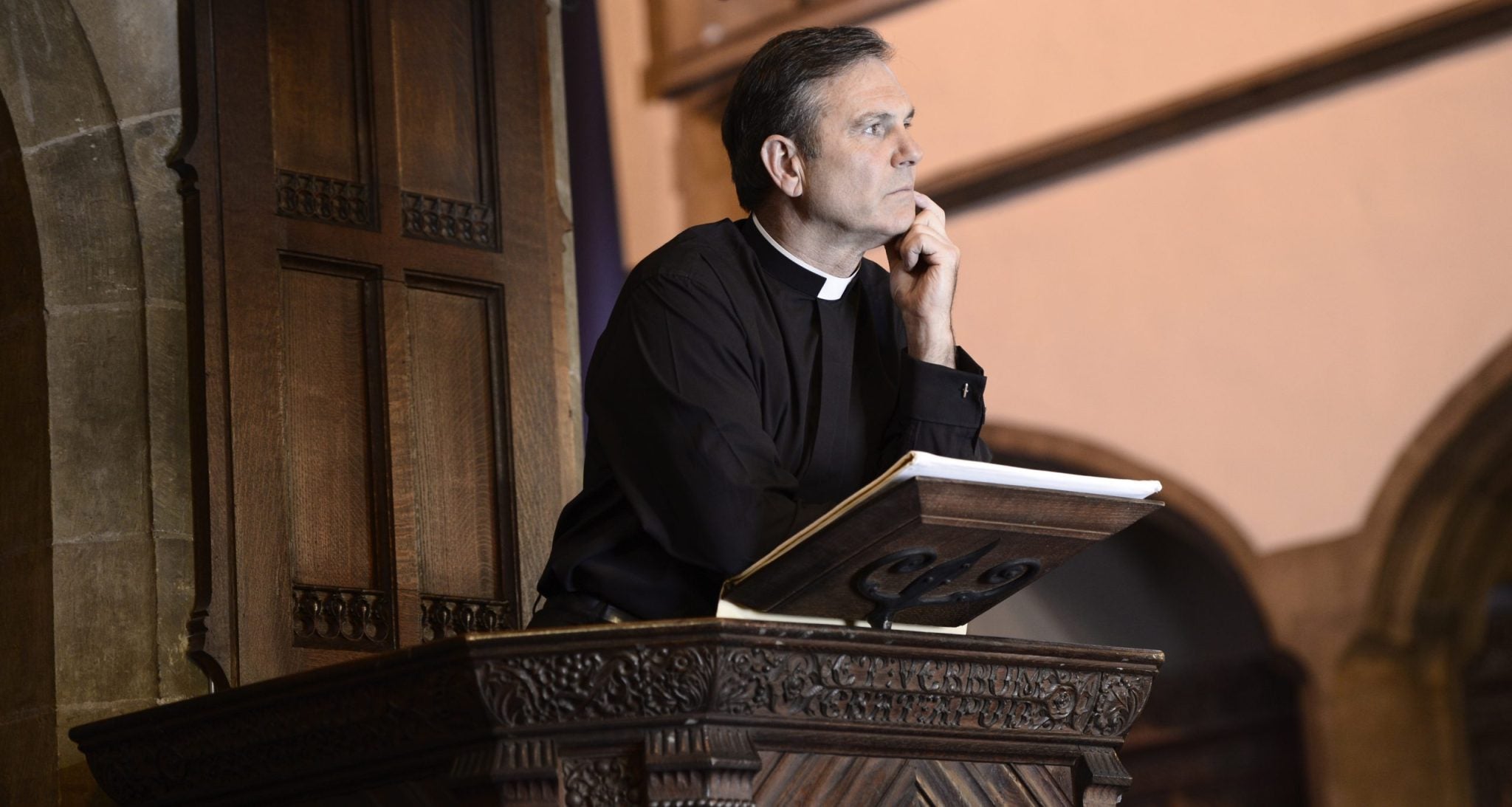Clerical Vestment Care Guide
Clerical vestments refer to formal garments that are worn by those who lead worship services. Originating as everyday street clothes in the first century, these outfits have, for instance, endured as fashion evolved over time. Unlike clerical vestments, "clerical" describes distinctive street attire—like black shirts with white collars—that clergy wear daily. Furthermore, shirts vary in color, though black remains dominant. Two main types exist, specifically full neckband shirts and tunnel collar shirts. Today, clerical vestments cover street clothes, thereby concealing fashion distractions, standardizing attire, and signaling the wearer’s official role—not personal glory—during prayer, Gospel proclamation, or the Lord’s Supper.
In the UK, priests favor clerical vestments for formal services. However, overseas, some churches reserve them exclusively for choirs. Common types include albs, chasubles, robes, and surplices. Meanwhile, cassocks, often mistaken for vestments, are simply outdated street clothes worn beneath.
Key Types of Clerical Vestments
The Alb
The alb, a white foundational garment (from Latin albus, meaning white), traces back to Roman under-tunics. Priests or deacons don it while praying for purity, securing it with a girdle and, additionally, topping it with an amice—a neckcloth. This full-length linen robe consequently covers the body entirely.
Vesting Prayer: "Make me white, O Lord, and cleanse my heart; that being made white in the Blood of the Lamb I may deserve an eternal reward."
History: Worn by dignitaries in ancient times, lace albs emerged in the 17th century.
Symbolism: Represents Herod’s garment on Christ and, moreover, a priest’s pure conscience.
The Stole
A long, colored silk strip, the stole marks priestly calling. Worn around the neck and crossed on the chest, it appears at weddings (white) or confessions (purple).
Vesting Prayer: "Restore to me, O Lord, the state of immortality… may I deserve eternal joy."
History: Evolved from a neckpiece of the upper classes into a sign of spiritual authority.
Symbolism: Echoes Christ’s cords and yoke, thus blending burden with grace.
The Maniple
Worn on the left wrist, the maniple—once a towel—symbolizes tears endured before joy.
Vesting Prayer: "May I deserve, O Lord, to bear the maniple of weeping… reap the reward of my labors."
History: A linen strip used to wipe sweat during long services in hot climates.
Symbolism: Recalls Christ’s ropes and, furthermore, priestly penance.
The Chasuble
The chasuble, the priest’s outer Mass vestment, features a cross design. Derived from casula (Latin for "little house"), it once enveloped the body like a tent.
Vesting Prayer: "O Lord, Who hast said, 'My yoke is sweet and My burden light,' grant that I may… merit Thy grace."
History: Began as a large, sleeveless cloak, later reshaped for practicality.
Symbolism: Reflects Christ’s purple cloak and, additionally, priestly love.
High Mass Clerical Vestments
High Mass involves a priest, deacon, and subdeacon with chant, incense, and full ceremony. Required clerical vestments include the cope (for Asperges), chasuble (priest), dalmatic (deacon), tunicle (subdeacon), and, moreover, humeral veil (subdeacon during Offertory and Consecration). Gold, therefore, dominates High Mass attire.
Liturgical Colors for Clerical Vestments
- White: Worn for Christmas to Presentation, Easter to Pentecost Eve, Trinity Sunday, Virgin Mary feasts, All Saints’ Day, non-martyr saints, church dedications, Maundy Thursday Communion, marriages, baptisms, confirmations, and ordinations.
- Red: Used in Holy Week (except Maundy Thursday Communion), Pentecost, martyr feasts, Spirit-focused services, and Good Friday liturgy.
- Purple: Covers Advent, Ash Wednesday to Palm Sunday Eve, funerals, Faithful Departed (black or white optional). Rose may substitute on Advent 3 and Lent 4.
- Green: Spans post-Presentation to Shrove Tuesday, post-Pentecost to All Saints’ Eve, and optionally between All Saints’ Day and Advent.
Clerical Vestment Care Guide
Clerical vestments demand unique care due to delicate fabrics. Follow these tips to, consequently, maintain color and crispness:
- Check Care Labels: Read labels for fiber details—cotton, wool, silk, or synthetics like polyester—before removing them.
- Use Mesh Bags: Protect robes from snags and wrinkles in mesh laundry bags if lacking a gentle wash cycle.
- Air Dry: Hang robes away from sunlight to prevent fading, thus avoiding dryer wear.
- Robe Hangers: Use contoured hangers, fasten closures, align cuffs, and let odors dissipate before storage.
- Professional Cleaning: Opt for dry cleaning or hand washing by experts to preserve fabric quality, avoiding harsh chemicals like bleach.
Why Clerical Vestments Matter
Clerical vestments unify tradition and purpose, highlighting the wearer’s role over personal style. From albs to chasubles, they enhance worship while, nevertheless, adapting to practical needs. Explore our range of high-quality clerical vestments or contact us for custom options today.


